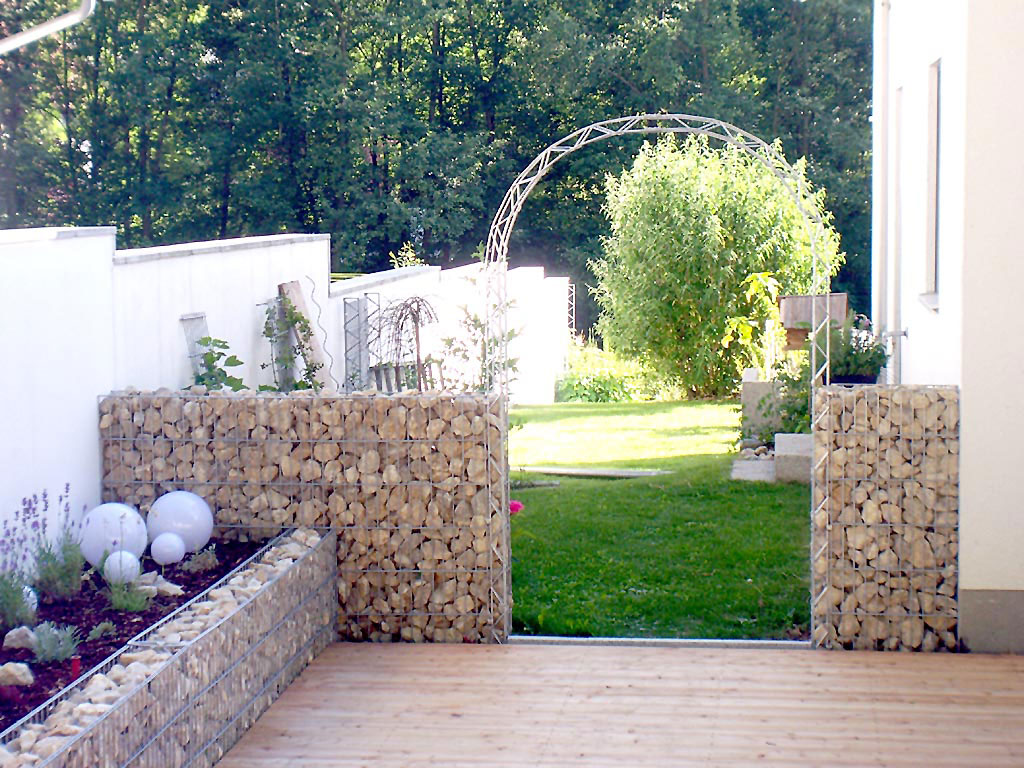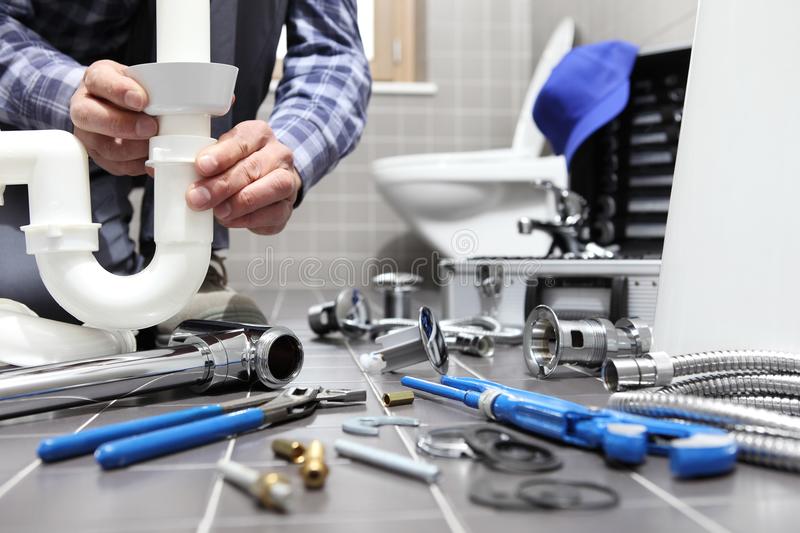
Comprehensive Guide to Rat Pest Control
Rats are more than just a nuisance; they pose significant health risks and can cause extensive damage to property. Effective rat pest control is crucial for maintaining a safe and healthy environment. In this article, we’ll explore various methods and strategies to tackle a rat infestation professionally and efficiently.
Understanding the Problem
Before diving into solutions, it’s essential to understand the extent of the problem. Rats are known carriers of diseases such as leptospirosis, hantavirus, and salmonella. They can contaminate food and water sources and cause structural damage by gnawing on wiring, insulation, and wood. Identifying signs of a rat infestation early can help mitigate potential damage.
Signs of Rat Infestation
Recognizing the signs of a rat infestation is the first step in controlling it. Common indicators include:
• Droppings: Rat droppings are typically dark, cylindrical pellets.
• Gnaw Marks: Look for chew marks on food packaging, wires, and wooden structures.
• Nests: Rats often use shredded paper, fabric, and other materials to build nests in secluded areas.
• Tracks and Smears: Rats leave behind greasy smears and footprints along walls and floors.
• Noises: Scratching and scurrying sounds, especially at night, can indicate the presence of rats.
Prevention Strategies
Preventing a rat infestation is more effective and less costly than trying to eliminate an existing one. Here are some professional tips to keep rats at bay:
Eliminate Food Sources
Rats are attracted to readily available food. Ensure that food is stored in airtight containers and that waste is disposed of promptly and properly. Regularly clean up crumbs and spills to avoid attracting these pests.
Seal Entry Points
Rats can squeeze through small openings. Inspect your property for gaps around doors, windows, and utility pipes, and seal them using materials like metal mesh or caulk. This will help prevent rats from entering your home or business.
Maintain Cleanliness
A clean environment is less inviting to rats. Keep storage areas tidy and reduce clutter where rats could potentially nest. Regularly dispose of garbage and maintain sanitary conditions in areas where food is prepared or consumed.
Control Methods
If you already have a rat problem, it’s essential to act quickly and effectively. There are various control methods available, each with its pros and cons.
Traps
Traps are a common and effective way to control rats. There are different types of traps, including snap traps, electronic traps, and live traps. Place traps in areas where you’ve noticed rat activity, such as along walls and near entry points.
Rodenticides
Rodenticides are chemical-based solutions for controlling rats. These poisons can be effective but should be used with caution, especially in homes with pets or children. Always follow the manufacturer’s instructions and consider consulting a professional for safe application.
Professional Pest Control Services
For severe infestations, it might be best to enlist the help of professional pest control services. Experts have access to specialized tools and techniques that are more effective in eradicating rats and preventing future infestations.
Monitoring and Maintenance
After implementing control measures, continuous monitoring is crucial to ensure the problem is resolved. Regularly inspect your property for signs of rat activity and take preventive measures to avoid re-infestation. Maintaining a clean and secure environment is key to long-term pest control.
Conclusion
rat pest control serious health and safety risks, making effective pest control essential. By understanding the signs of infestation, implementing preventive strategies, and utilizing appropriate control methods, you can protect your home or business from these pests. For persistent or severe problems, professional pest control services offer specialized solutions to ensure a rat-free environment.
By taking proactive steps and staying vigilant, you can significantly reduce the risk of a rat infestation and maintain a safe, healthy living space.



